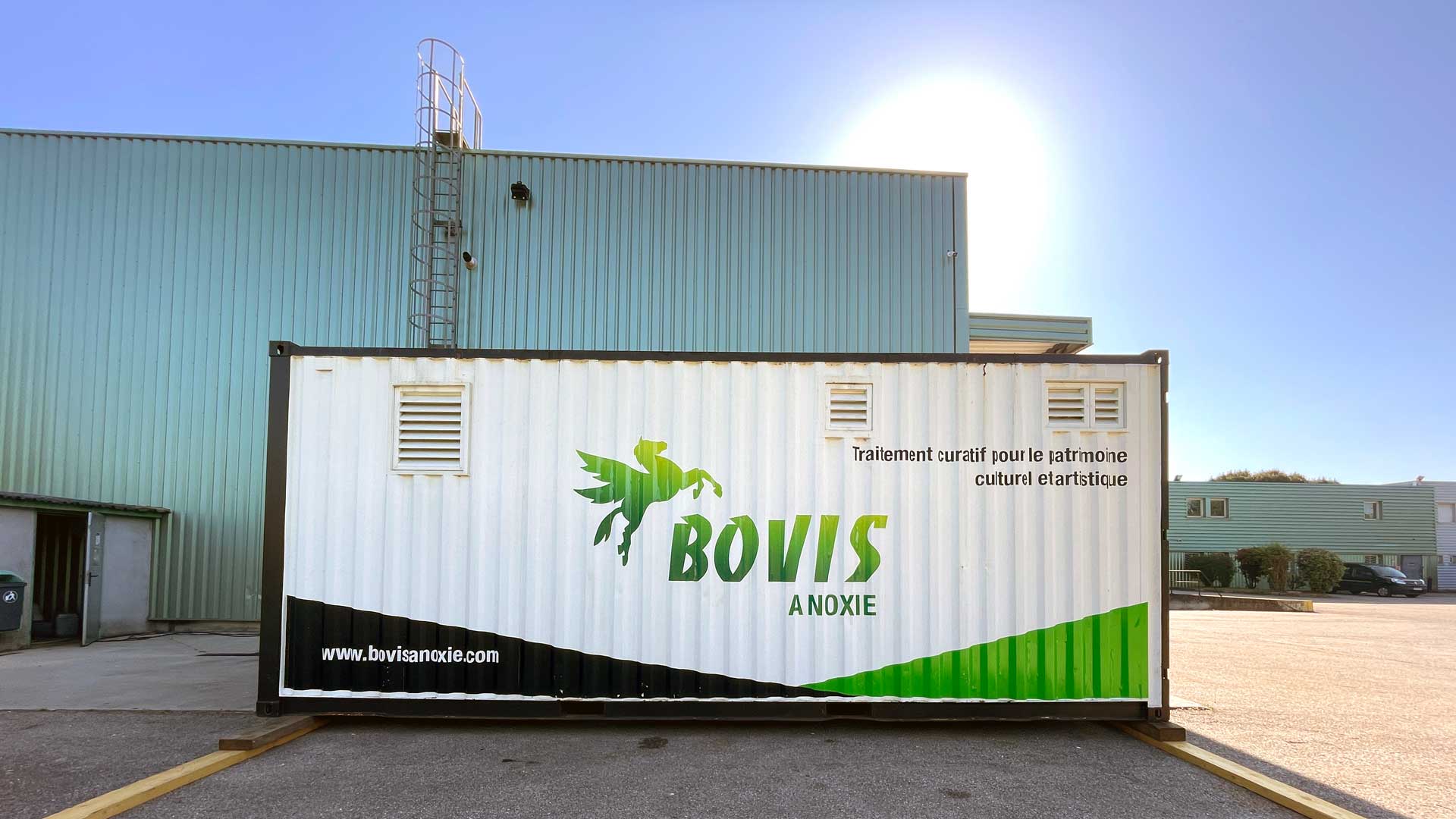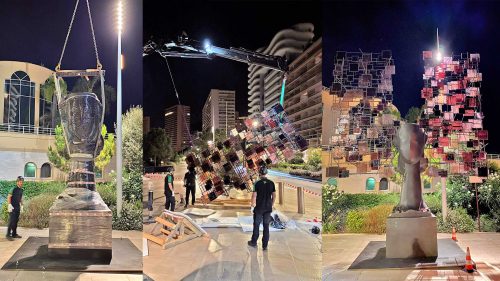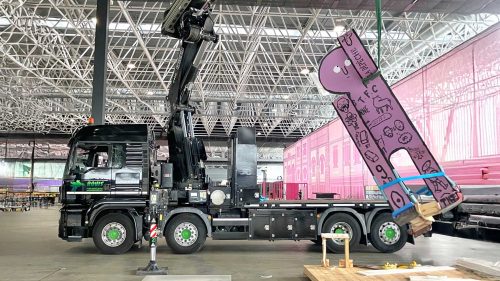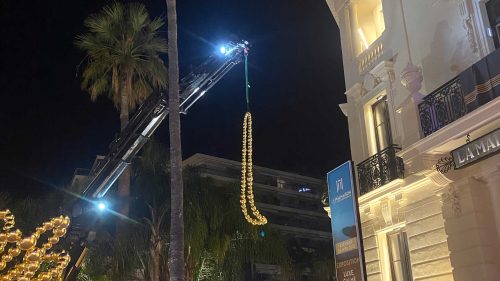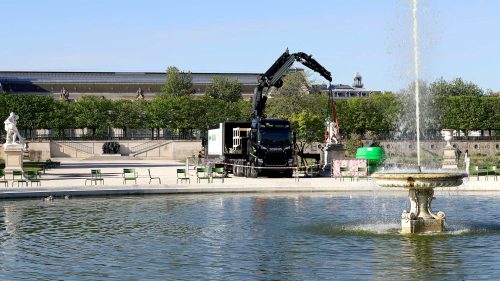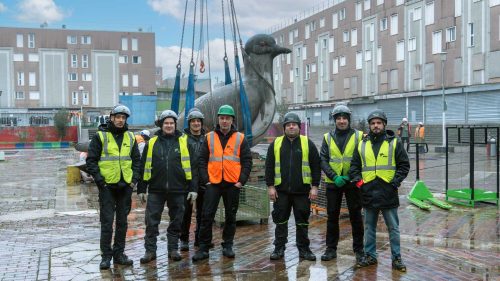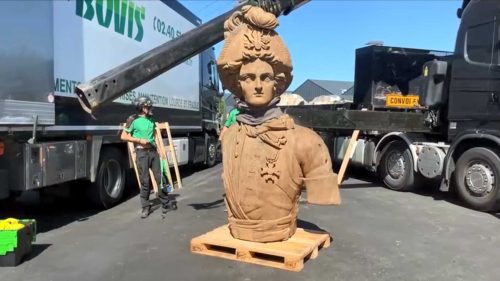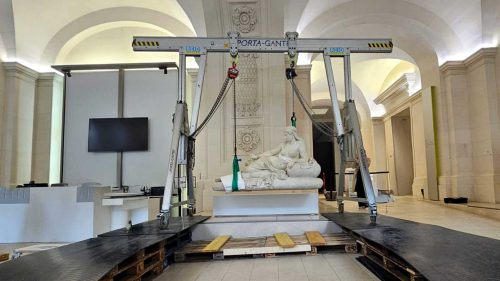Bovis Anoxie recently carried out a major intervention in Lyon, the French capital of printing, for a flagship project combining cultural heritage and preventive conservation.
As part of the accessibility renovation work at the Museum of Printing and Graphic Communication, several pieces from the collection — including wooden cabinets and type cases — were transferred to external storage facilities. To prevent any risk of wood-boring insect contamination, the museum chose to proceed with a dynamic anoxia treatment, a non-invasive pest control method particularly well suited to sensitive materials.
Scientific and logistical expertise at the service of heritage collections
For this project, Bovis deployed its mobile anoxia containers within the premises of Manudem Rhône-Alpes, the Bovis Group’s local agency in Lyon. After careful packing, the items were transported and placed in the treatment chamber by the agency’s Fine Art teams.
Dynamic anoxia is based on a simple principle: replacing oxygen with nitrogen until the oxygen level drops below 0.1%. The treatment is then maintained for 21 days, ensuring the complete eradication of insects at all developmental stages.
Once the treatment was complete, the items were repacked and moved to the museum’s external reserves, once again under the supervision of the Fine Art teams from Manudem Rhône-Alpes.
Bovis Anoxie, a dynamic anoxia expert
Bovis Anoxie is now a leading provider of dynamic anoxia treatment across France. Thanks to our mobile treatment units, we can operate directly at our clients’ locations or within one of our local agencies. For larger volumes, we can also install on-site anoxia bubbles, offering maximum flexibility.
Environmentally friendly and completely safe for the artworks, this method is highly recommended for the disinsectisation of historical objects made of wood, paper, textiles, or composite materials.
About the Museum of Printing and Graphic Communication
Since 1473, thanks to Barthélémy Buyer, Lyon has been a vibrant cultural center, rivaling even Paris as a major hub of printing.
Just two decades later, the city of Lugdunum — strategically located at the crossroads of Europe’s intellectual routes — became the third largest printing center in Europe, after Venice and Paris.
This success was driven by two main factors: the exponential growth of the paper and metallurgy industries, which enabled fast and affordable supplies for Lyon’s printers, and the geographical location that positioned Lyon at the heart of European intellectual exchange.
The Museum of Printing and Graphic Communication was established in 1964 by three key figures in the world of books: the printer Marius Audin (whose brother Amable founded the Gallo-Roman Museum of Lyon, now known as Lugdunum), Henri-Jean Martin, director of the Lyon Library and a renowned book historian, and André Jammes, a Parisian bookseller and expert in typography.
The museum offers a chronological journey through the history of books and graphic techniques, from Gutenberg to phototypesetting.
Since 2005, it has held the “Musée de France” designation and is considered one of the most important museums in Europe focused on printing and graphic communication.
The museum has been closed since June 1st, 2025, for an 18-month period to undergo extensive accessibility renovations.
Learn more: www.imprimerie.lyon.fr
